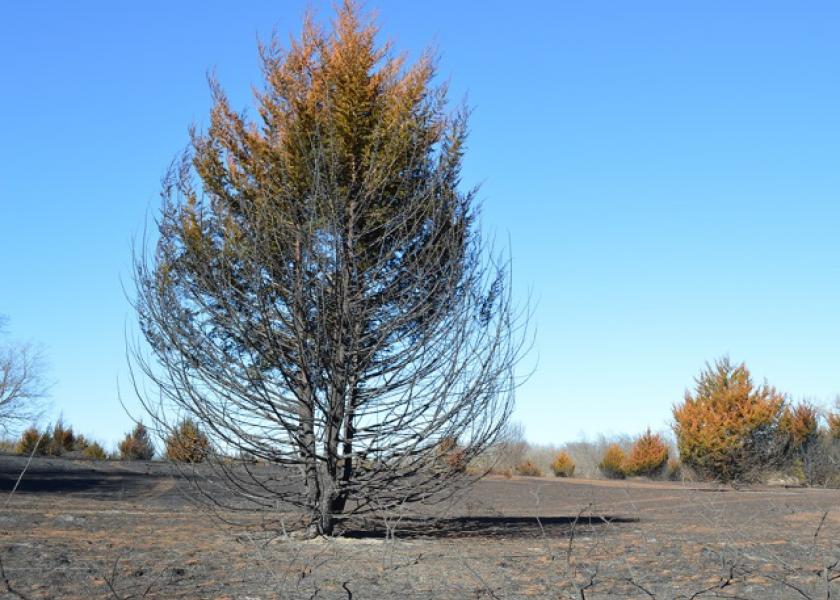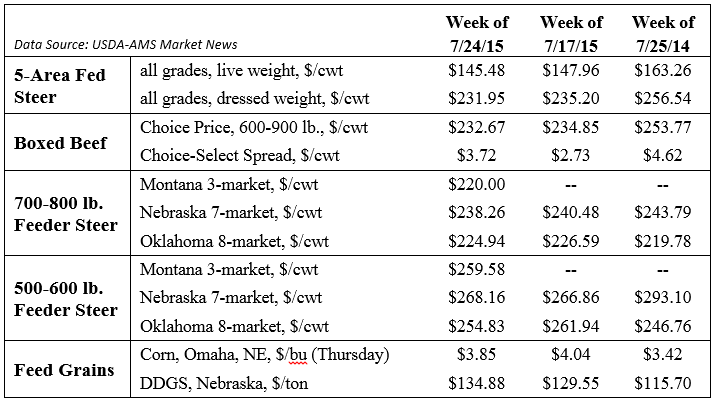In the Cattle Markets: Livestock Loss to Fires

By: Glynn Tonsor, Kansas State University Extension
One of the issues receiving significant attention in Kansas and Oklahoma is the broader impact of widespread fires impacting multiple counties, thousands of acres, and a yet to be tallied number of livestock. While the adverse impact on those directly affected is certainly real in both financial and emotional ways, it is also important to step back and examine any broader, cattle market impacts.
In short, while clearly devastating to those losing their own livestock, the volume of livestock impacted to-date is likely to be low when considered on a national scale. That is, the losses involved will very likely represent a minimal share of the U.S. herd. This is important as it suggests an aggregate supply response is unlikely which in turn implies upward cattle price support from the fires is not likely to materialize.
In the past I have heard crop farmers talk of the only thing worse than a broad drought is experiencing a drought solely on your own. Certainly no producer wishes ill on the livelihood of fellow producers. However, the truth is that adverse events only have large market effects, and hence some beneficial, offsetting higher output prices, when impacting a substantial share of production. This context must be kept in mind in assessing impacts of current and future natural disaster events.
The Markets
The 5-area fed cattle price for the week was down at $133.83. Yearling feeder cattle prices traded higher week-to-week in Montana, Nebraska, and Oklahoma. The 500-600 weight feeder animals traded mixed, Nebraska 500-600 pounds steers were up week-to-week at $205.70. Corn prices were lower for the week, trading at $3.35 in Omaha. 







